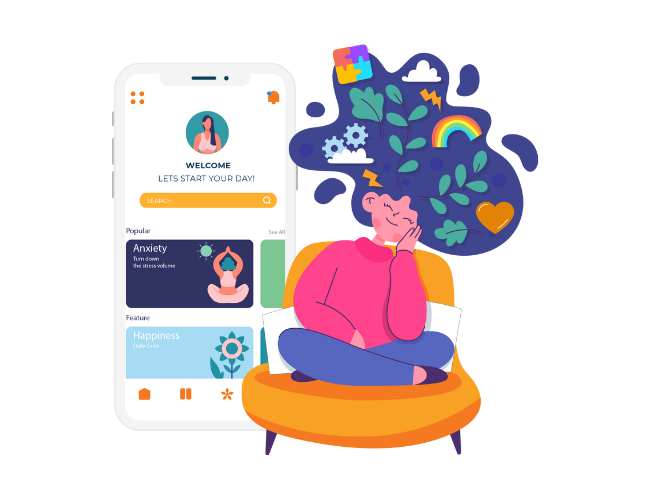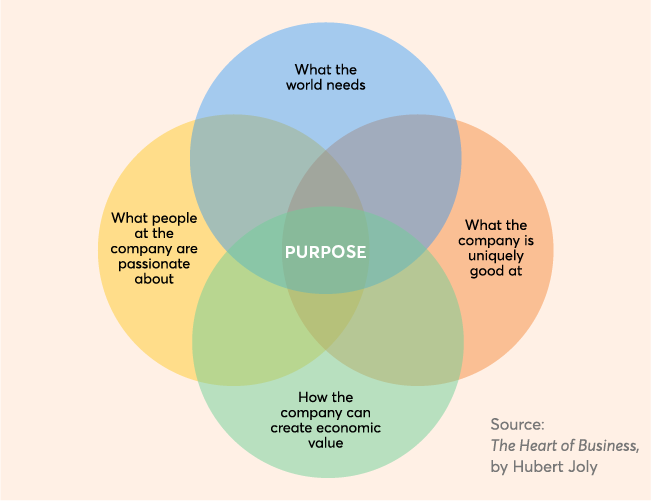Throughout the pandemic, a vast number of digital health companies have arisen that promise to enable individuals to seek advice from health professionals on-demand and from the safety of their homes. Though this digital shift is likely to prove beneficial in the long-term, it has come with some growing pains. In particular, employers are dissatisfied with the available evidence of efficacy, the narrow range of solutions provided by each company, and costly pay-structures. Below is a review of these problems along with how some digital health companies are responding to them below.
The Problems
Unclear Efficacy
Brand new health solutions warrant heightened scrutiny. Companies need to make sure that the digital services that they are thinking about providing are both good for their employees and good for the company. This is easier said than done.
Part of the problem is that many of the purported benefits will take time to accrue, if they accrue at all. If a digital app is going to result in cost savings because employees will be more likely to seek preventive care and, as a result, avoid expensive treatments and sick leaves, this could take years to prove out. On top of that, some companies fail to subject their products to testing from independent and unbiased parties. This can raise serious doubts in the minds of benefits executives who are looking to ensure that the benefits they onboard will have a positive effect on the company and its employees.
Point Solutions
Many of the current digital solutions only offer point solutions (i.e., solutions that cover a narrow range of problems). For instance, Woebot, an app that allows users to connect with a chatbot trained in cognitive behavioral therapy, is limited both in the types of psychological services that it currently provides along with the fact that it only provides psychological services. Other digital solutions suffer from the same sort of flaw.
Though the ailments that these apps seek to treat and prevent are significant on their own, benefits executives want to avoid providing their companies with a heap of disconnected apps that may discourage employees from making use of them. Rather than a point solution, companies are looking for a comprehensive, one-stop resource to meet their employees expansive and diverse medical needs. As Erika Sossa, retired as head of benefits at Pepsi reports in an interview with the Wall Street Journal, “telemedicine is a fantastic medium, but if it’s just late-night urgent care, it’s kind of a commodity.” As a result, if these digital solutions want to appeal to benefits leaders, they will need to either expand the range of services that they provide or find ways to work together with other companies that offer distinct services so that they can collectively offer a more substantial amount of health solutions. As Sossa noted, going forward, “if you’re a one-trick pony, it’s easy to replace you.”
Not Cost-Effective
One of the promises of digital health solutions is that they will lessen healthcare costs for companies. While they have the ability to make good on this promise in theory, they may not do so in practice. Some telehealth companies calculate the price of their services on the basis of the number of employees that are eligible to use them in any given month. The problem with this approach is that many employees fail to utilize these services, either because they do not need them or because they are not aware that they exist. As a result, employers are seeking a pay per use model, rather than a monthly subscription which would enable them to avoid paying for services that their employees never use.
How Digital Health Companies Have Responded
Adding Services
One of the ways in which companies are attempting to address the aforementioned criticisms is by adding on additional services. For example, Omada Health, which initially focused solely on diabetes management, has added on services to help with the treatment of hypertension, mental health, and physical therapy. Livongo, which also started out with a focus on diabetes management, expanded its services after getting acquired by Teladoc. As more companies follow suit, the appeal of point solutions will continue to dwindle.
Care Navigation Apps
Some digital health companies don’t currently have the resources to expand the range of services that they provide. In response, companies have been developing “care navigation apps,” which make it easier for users to navigate a variety of point solutions through a single, easy-to-use interface. Additionally, they allow the healthcare providers that users access through the isolated companies to communicate with each other, enabling them to provide more informed diagnoses and treatment recommendations.
Takeaways
With such a confusing and rapidly evolving digital health landscape, business leaders might not know how to navigate it. Below are some general steps that companies can take in order to make the most out of the glut of digital health solutions on offer.
- Determine if digital health is the right resource for your company’s employees: Different groups are more or less inclined to make use of digital health solutions. As a result, it is important to determine if your employees are inclined to use them in the first place. Consider sending out a survey asking employees what digital solutions they would consider using. If it turns out that most of your company’s employees don’t want these solutions, there’s no need to provide them.
- Make sure your employees are aware of the benefits available to them: Many digital solutions go under-utilized because employees don’t know they have access to them. To avoid this problem, be sure to clearly communicate through multiple channels (e.g., email, posters, virtual health fairs, etc.) the health services that your company provides.












